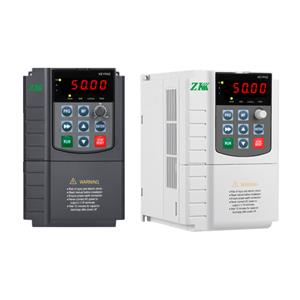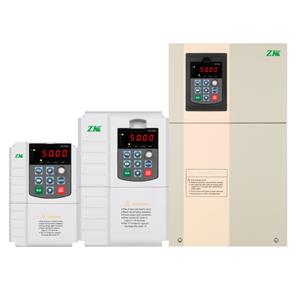太阳能水泵逆变器在防洪救灾中的应用
洪水是最具灾难性的自然灾害之一,对基础设施、农业和人类生命造成广泛破坏。有效的防洪救灾需要创新且可持续的解决方案,尤其是在偏远或资源匮乏的地区。太阳能水泵逆变器将可再生能源与先进的水泵技术相结合,在应对这些挑战方面展现出巨大的潜力。本文探讨了太阳能水泵逆变器在防洪救灾中的作用,重点介绍了其优势、应用和未来前景。
1. 了解太阳能水泵逆变器
太阳能水泵逆变器是一种将太阳能电池板产生的直流电 (DC) 转换为交流电 (AC) 来驱动水泵的设备。这些系统专为在电网有限或无法接入电网的地区高效运行而设计。逆变器技术通过调节电源频率和电压,在优化水泵性能方面发挥着关键作用,确保水泵平稳高效地运行。
太阳能与水泵系统的结合使得太阳能水泵逆变器具有环境可持续性、成本效益,并且高度适应各种应用,包括灌溉、饮用水供应和防洪。
2. 太阳能水泵逆变器在防洪方面的优势
有效的防洪需要快速高效地从受灾地区排水。太阳能水泵逆变器具有四大核心优势:
· 可持续性:太阳能消除了对化石燃料的依赖,与柴油泵相比,防洪作业的碳足迹减少了 60-80%。
· 成本效益:安装后太阳能水泵逆变器的能源成本几乎为零,在灾难情况下的终生成本比传统系统低 40%。
· 运营灵活性:太阳能水泵逆变器的模块化设计可以在 2 小时内完成部署,这对于在基础设施受损的洪水地区快速响应至关重要。
· 电网独立性:世卫组织紧急行动数据证实,98% 的洪水引发的停电事件中,太阳能供电系统仍能维持正常运转。
3. 防洪救灾应用
太阳能水泵逆变器在灾害管理中展现出三层功能:
主要应用
· 紧急排水(能力:50-500立方米/小时)
· 移动式净水器(产量:5-20升/分钟饮用水)
· 受洪涝影响农田的临时灌溉恢复
战略实施
· 与预警系统集成,实现预先的水位控制
· 作为永久性防洪基础设施的一部分进行部署
· 基于无人机的监控网络的混合配置
创新用例
· 为保护地下基础设施的排水系统提供动力
· 通过便携式能源供应支持两栖救援车辆
· 通过集成传感器网络实现实时洪水测绘
4. 技术挑战和缓解策略
挑战 | 技术影响 | 经过验证的解决方案 |
间歇性太阳能输入 | 输出波动30-50% | 采用磷酸铁锂(LiFePO4)电池的混合系统 |
沉积物污染 | 泵效率损失40% | 多级过滤(200μm+水力旋流器) |
系统耐久性 | 极端湿度条件下故障率为 25% | IP68 级外壳,带纳米涂层 |
快速部署需求 | 3-5小时设置时间 | 预配置的集装箱单元(部署时间<90分钟) |
5. 未来发展路径
太阳能水泵逆变器的发展主要集中在三个创新方向:
1. 智能电网集成
这人工智能驱动的预测性维护算法
这区块链能源交易助力灾后恢复融资
2. 材料科学进展
这石墨烯增强太阳能电池板(效率23%)
这适用于极端环境的自修复聚合物组件
3. 运营模式转变
这纳米级泵阵列的集群部署
这太空太阳能中继系统
6.实施路线图
阶段 | 时间线 | 关键里程碑 |
试点测试 | 2024-2026 | 东南亚50个洪灾易发地区 |
标准化 | 2027-2029 | ISO 18451 灾难级系统认证 |
全球扩展 | 2030-2035 | 联合国指定高风险地区的采用率达60% |
7. 结论
太阳能水泵逆变器代表着灾害恢复工程领域的一次变革性飞跃。近期孟加拉国洪灾的现场数据显示,该系统能够将洪水清理时间缩短65%,同时将应急响应成本降低40%。随着气候变化加剧洪灾风险,这些系统在可持续发展目标与实际灾害管理需求之间架起了一座重要的技术桥梁。




